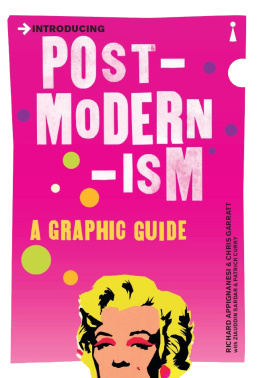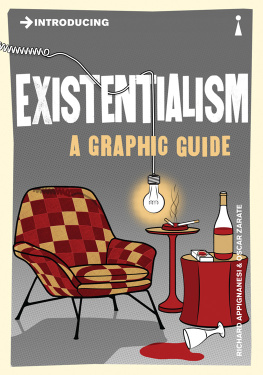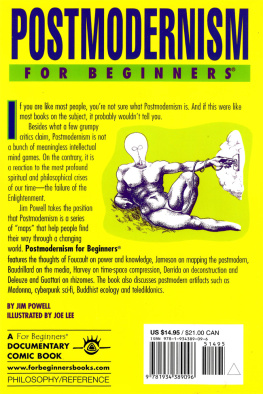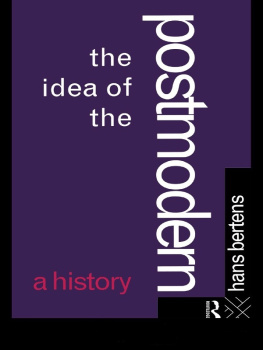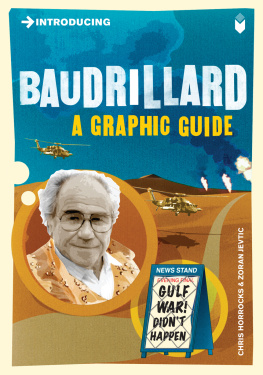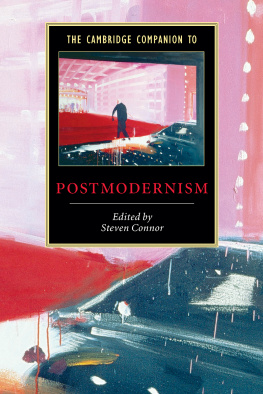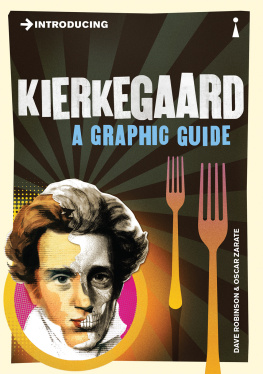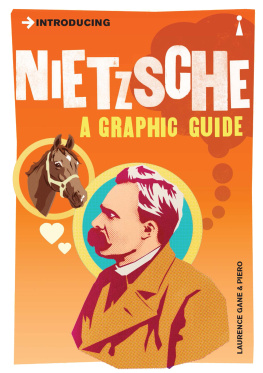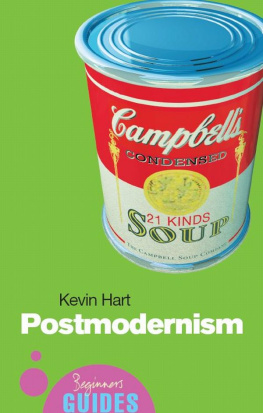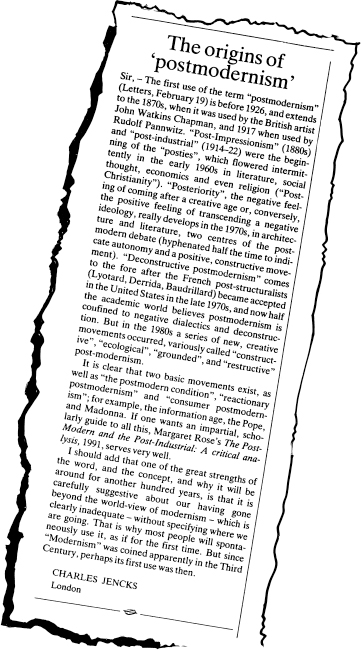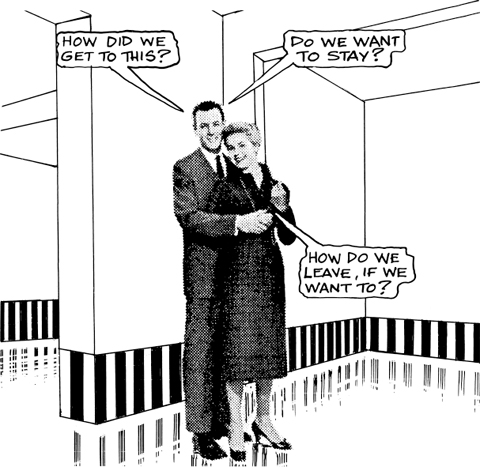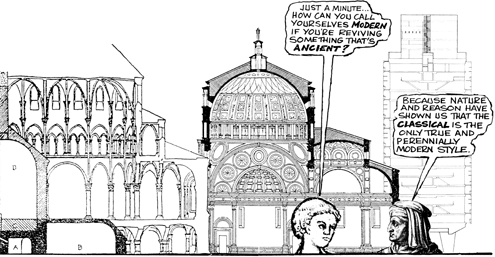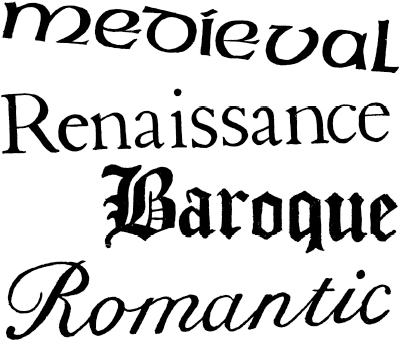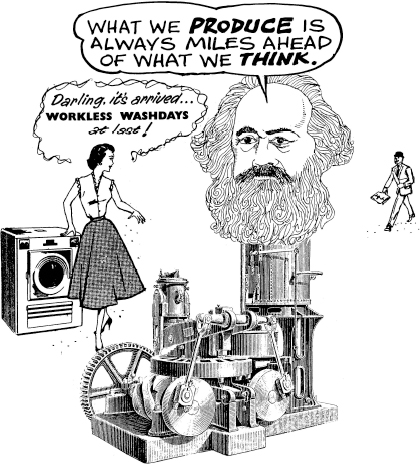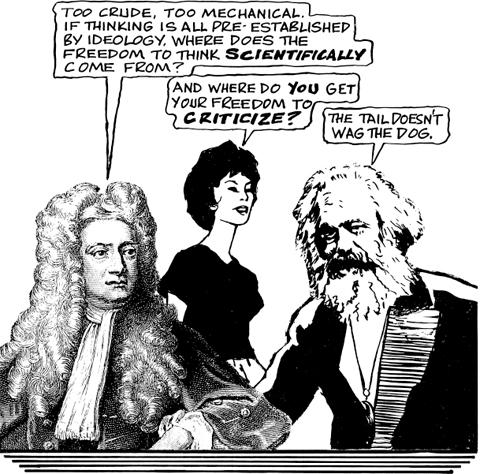Contents
Charles Jencks, an authority on postomodern architecture and art, provides a useful scanning of the term postmodern. But what does it mean in practice? Does postmodern accurately aum up the story of what we are present? Or is it just a fashionable term that leaves us unenlightened about our true historical condition?
First, lets consider the WORD
What do you mean postmodern? The confusion is advertised by the post prefixed to modern. Postmodernism identifies itself by something it isnt. It isnt modern anymore. But in what sense exactly is it post
-as a result of modernism?
-the aftermath of modernism?
-the afterbirth of modernism?
-the development of modernism?
-the denial of modernism?
-the rejection of modernism?
Postmodern has been used in a mix-and-match of some or all of these meanings. Postmodernism is a confusion of meanings stemming from two riddles
-it resists and obscures the sense of modernism
-it implies a complete knowledge of the modern which has been surpassed by a new age.
A new age? An age, any age, is defined by the evidence of historic changes in the way we see, think and produce. We can identify these changes as belonging to the spheres of art, theory and economic history, and explore them for a practical definition of postmodernism.
Lets begin with art by tracing the genealogy of postmodern art.
PART ONE: THE GENEALOGY OF POSTMODERN ART
We could begin by visiting an installation by the Conceptual artist Daniel Buren (b.1939), entitled On two levels with two colours (1976), which features a vertically striped band at the floor levels of two adjoining gallery rooms, one at a step up from the other. Empty rooms, nothing else
HOW DID WE GET TO THIS? DO WE WANT TO STAY? HOW DO WE LEAVE, IF WE WANT TO?
Burens installation is not necessarily a representative example of art in the postmodern age. But it is a good place to start from, in the sense of where modernism itself has arrived at through a persistent history of innovation.
Whats Modern? The Shock of the Old
Modern comes from the Latin word modo, meaning just now. Since when have we been modern? For a surprisingly long time, as the following example shows.
Around 1127, the Abbot Suger began reconstructing his abbey basilica of St. Denis in Paris. His architectural ideas resulted in something never seen before, a new look neither classically Greek nor Roman nor Romanesque.
Suger didnt know what to call it, so he fell back on the Latin, opus modernum. A modern work.
JUST A MINUTEHOW CAN YOU CALL YOURSELVES MODERN IF YOURE REVIVING SOMETHING THATS ANCIENT?
BECAUSE NATURE AND REASON HAVE SHOWN US THAT THE CLASSICAL IS THE ONLY TRUE AND PERENNIALLY MODERN STYLE.
Suger helped to inaugurate an immensely influential architectural style which became known as the Gothic.
Gothic was in fact a term of abuse, coined by Italian Renaissance theorists, meaning a northern or German barbaric style. The ideal style of Renaissance architects and artists was the classical Greek, or what they called the antica e buona maniera moderna the ancient and good modern style.
Ever since then, architects have been arguing about what best represents a perennial style classical, gothic, modern or even postmodern.
Dialectical Antagonism
At least since medieval times, there has been a motivating sense of antagonism between then and now, between ancient and modern. Historical periods in the West have followed one another in disaffinity with what has gone before. A rejection of ones immediate predecessors seems almost instinctively generational.
The result of this historical dialectic (from the Greek, debate or discourse) is that Western culture recognizes no single tradition.
History is carved up into conceptual periods
and so on. These antagonistic periods are Western cultures sets of tradition, a sort of periodic table of tradition.
Tradition in the West is constituted and indeed energized by what is in combat with it.
Another peculiarity of Western culture is its strongly historicist bias, a belief that history determines the way things are and must be.
WHAT WE PRODUCE IS ALWAYS MILES AHEAD OF WHAT WE THINK.
Darling. its arrivedWORKLESS WASHDAYS at last!
Karl Marxs dialectical materialism provided the classic historicist formula.
Marxism established a structural difference between societys traditional or cultural institutions and its economic productive forces. Rapid-paced progress occurs in the infrastructure, the economic sphere of productive activities which supports but also subverts the superstructure, the social sphere of ideology which includes religion, art, politics, law and all traditional attitudes. The superstructure evolves more slowly and is more resistant to change than the economic infrastructure, especially in the modern industrial age of advanced capitalism.
The ways we think or better, those assumptions we take for granted are pre-established by superstructural ideologies.
TOO CRUDE, TOO MECHANICAL. IF THINKING IS ALL PRE-ESTABLISHED BY IDEOLOGY, WHERE DOES THE FREEDOM TO THIHK SCIENTIFICALLY COME FROM? AND WHERE DO YOU GET YOUR FREEDOM TO CRITICIZE? THE TAIL DOESNT WAG THE DOG.
Mankind always takes up only such problems as it can solvewe will always find that the problem itself arises only when the material conditions for its solution already exist or are at least in the process of formation.
Karl Marx, preface to A Contribution to the Critique ofPolitical Economy (1859)
Whats MODERNISM?
The Marxian formula is still useful for understanding the different speed-lanes of change in the traditional and productive spheres of society.
Modernism, in the infrastructural productive sense, begins in the 1890s and 1900s, a time which experienced mass technological innovations, the second tidal wave of the Industrial Revolution begun nearly a century before.

